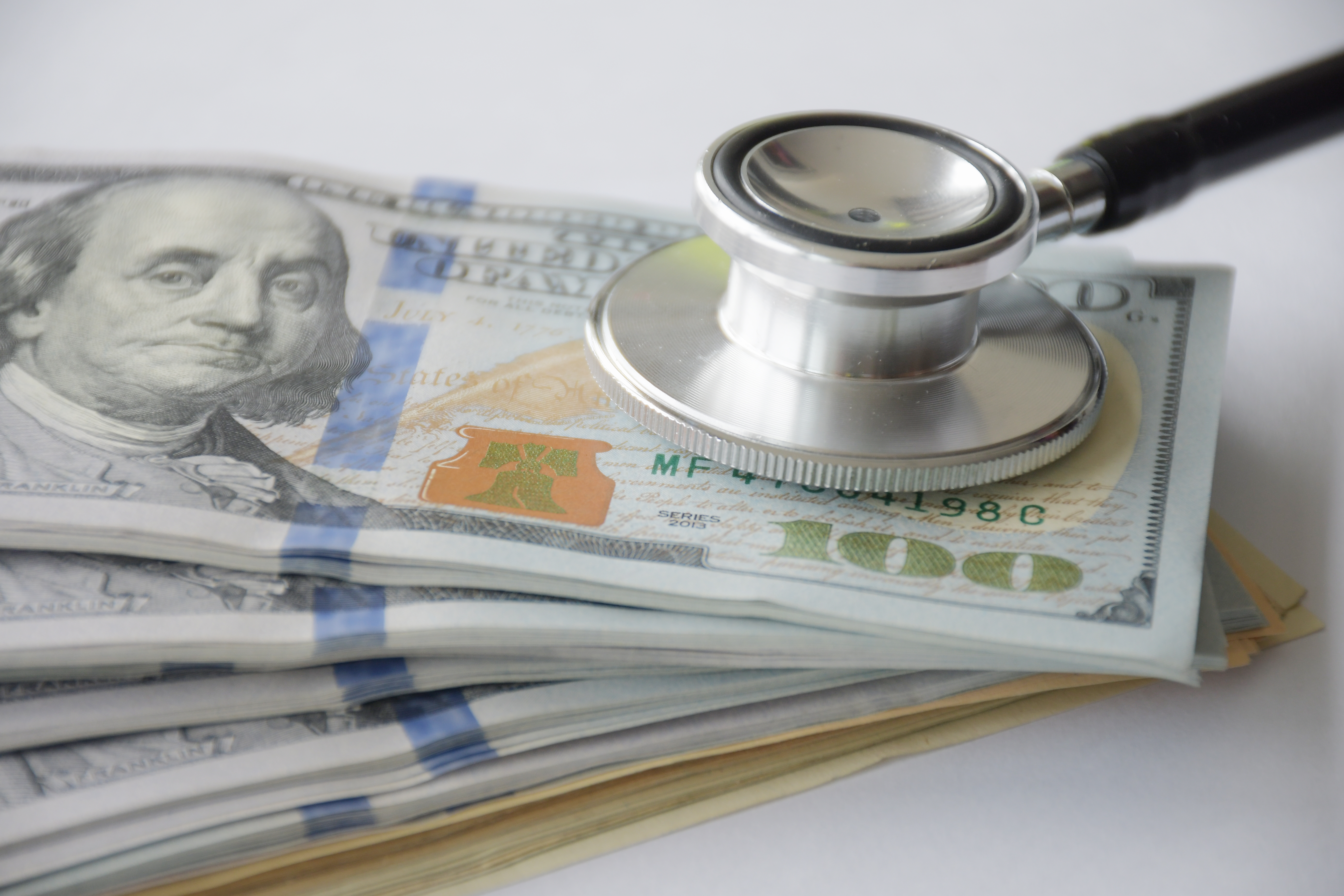
There are several external rating agencies such as CMS STARS, Healthgrades, Leapfrog, and US News and World Report that inform the public concerning the quality of healthcare facilities and physicians. Unfortunately, many of these rating agencies rarely measure the same metrics, so it can be extremely confusing both for the provider and the consumer to decipher. And being in the top category of one does not mean success in others. Simultaneously, the consumer is much more interested in subjective comments by family, friends, and crowdsourcing websites such as Yelp.com than they are with a more objective metric such as case volumes or rates of complications. These facts leave health systems and physicians in a quandary of how much effort to expend on obtaining high “grades” on these “tests.”
A recent study in Health Affairs by Schwartz et al. performed an interesting and discrete choice experiment in an outpatient setting for joint arthroplasty in which it looked at the trade-offs patients are willing to make in choosing both a provider and hospital for a hypothetical total joint arthroplasty. Although this experiment was merely a simulation, intriguing results ensued. The average Medicare patient was willing to pay an extra $2,607 for a higher CMS STAR rating for the hospital and even more astonishing, $3,152 extra for a physician that receives a higher CMS STAR rating. Since these procedures occur in an outpatient setting, these higher payments would lead to higher co-pays. Thus, in this hypothetical situation, consumers are willing to pay more for quality, especially regarding the surgeon, to an even greater degree than the hospital.
Interestingly, these numbers only held true in consumers who had no prior experience with rating systems or previous surgery. Furthermore, for those with prior experience with ratings they dropped to $934.50 and $539.25, respectively. This finding indicates that the “rating-naive” consumer is likely more optimistic regarding the reliability and accuracy of rating systems compared with a patient with prior experience. This latter fact plays into a concern that providers have regarding these rating agencies. Moreover, this situation is especially troublesome when coupled with the fact that most consumers put more trust in subjective comments of family, friends, and even anonymous people, a very worrisome situation since there is no objectiveness to these sources or even confirmation that they received the services discussed. Additionally, in this experiment, only 4.2% of those questioned had visited the CMS site before choosing their surgeon or hospital, pointing to the fact that consumers do not put much credence in such information.
Of additional interest is their finding concerning travel trade-offs. The research determined consumers would willingly pay an extra $11.45 to avoid the hassle of traveling an extra mile for care. These findings are extremely interesting concerning the human behavior component of consumer choices. People seem to be willing to pay more for quality; however, they do not seek objective measures and lose confidence quickly.
There are numerous possibilities for these findings. Such as whether there are too many rating agencies that are causing confusion to the public Is the perceived quality at a point where additional improvement is not of value? Do we as an industry avoid educating those we serve on where to go to obtain unbiased information? Regardless of the reasoning, there is room for improvement. Transparency on quality is a necessity, and yet it needs to be accomplished in a manner that is usable by the consumer.
